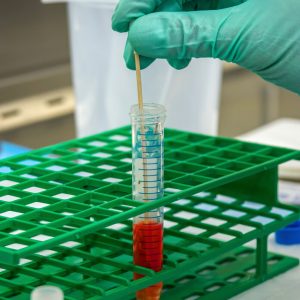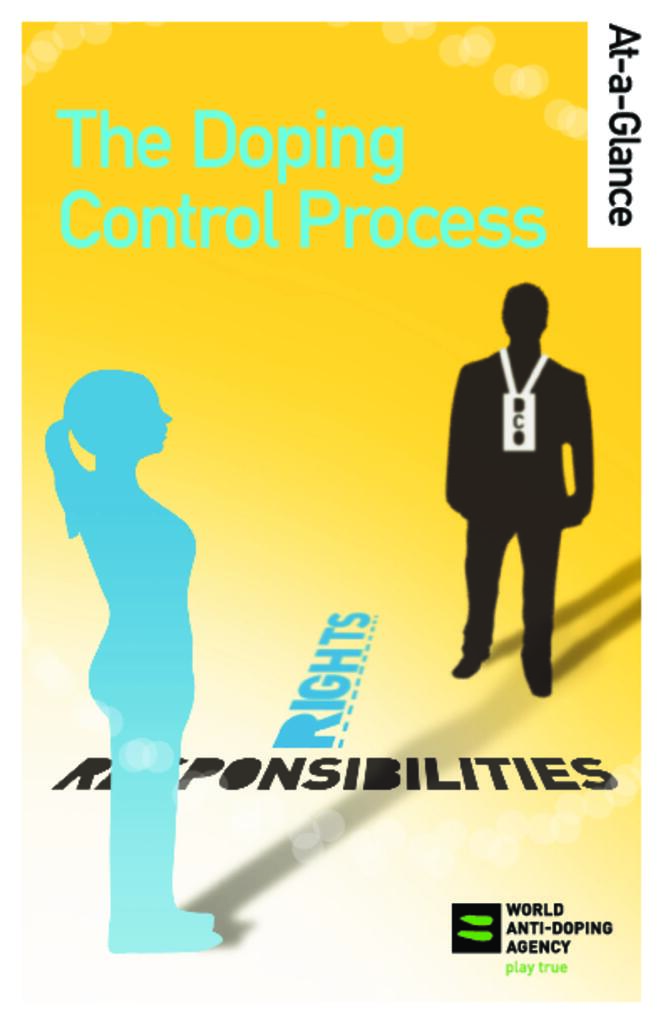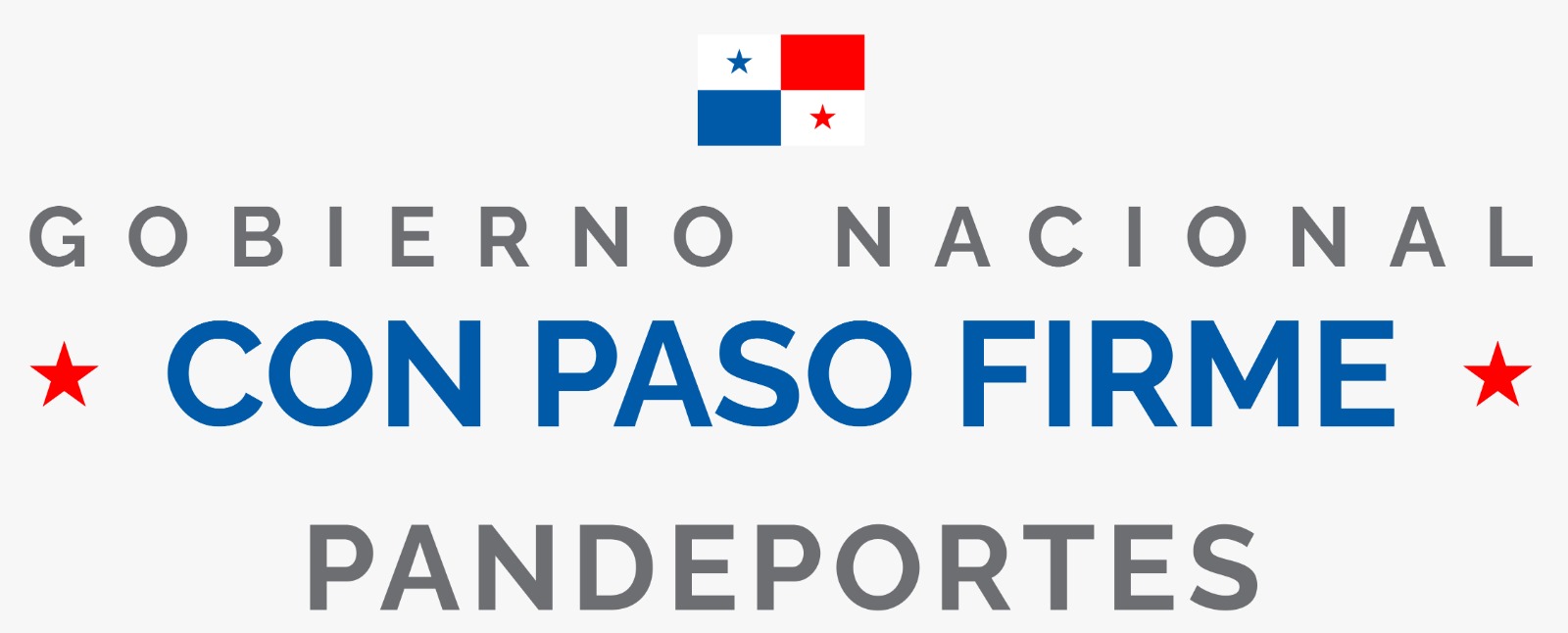Doping control process

Doping control
- If you are in a competition, you may be randomly selected, by how you placed in the competition or for other determined motive.
- If you are part of the Control Registered Group, even if you are out of competition, you could be asked to do a test at any place and time, without previous notice.
- If the athlete is a minor or has any physical disability, you may ask for small modifications on the doping control procedure.
Sample collection 11 steps.
PAN RADO makes emphasis on the next points: Sample integrity is key. A little change in the procedures does not necessarily makes the result not valid, unless the integrity of the samples is compromised.
The athlete may be selected for doping control at any time and place.
A Doping Control Officer (DCO) will notify you that you have been selected for doping control. The DCO will inform you about your rights and responsabilities. Which include the right to have a witness during the process.
You will be asked to sign a form in which you are notified you have been selected for doping control.
You have to show up immediately in the doping control station.
The DCO can let you take more time to come to the doping control station for some activity like a press conference o finishing your training session.
Nonetheless, once you have been notified that you have been selected for a doping control the DCO will accompany you through the whole process of sample collection.
You will be offered different sealed individual containers. You can select one. You should verify its integrity and that it has not been manipulated. You should take care of the container at all times.
During the sample collection only you and the DCO of the same gender will be able to be in the bathroom. You will be asked to clean your hands.
You will be asked to raise or lower your clothes by the DCO in order to have a clear vision of you while in the doping control.
The DCO will guarantee, having a clear vision of you, that you have given the minimum required volume: 90 ml. If at the beginnig you can’t give the 90 ml, you will be asked to try more times till you reach the minimum level.
You will be offered different collection kits that will be individually sealed. Choose one. You should verify that the kit is in perfect condition and that it is not compromised. Open the kit. Make sure that the code numbers in the containers, cap and glasses are the same.
Now you will have to divide the sample, place 30 ml in container b and whats left on container A.
You will be asked to place a little amount in the collection container. The objective of this is that the DCO will measure its specific gravity.
You will have to urinate yourself unless you need help. In case help is needed, you should proportionate your consent for your representative or the DCO make the urine placement in your name.
Next, seal the containers A and B. You (or your representative) and the DCO should verify that the containers are sealed the right way.
The DCO must measure the specific gravity of the sample. If it doesn’t meet the minimum requirements, you should do another sample.
In this form, you should give information about any medicine -prescribed or not- or any food supplements that may have used recently.
In this form is also the place where you should write about any comment that you may have about the whole doping control process.
You will be asked for your consent for the use of your sample in an anonym way for investigation once the samples have been used for the doping control. You can choose if you agree or not.
Make sure everything is in place, including the sample code numbers.
In addition to make sure that the laboratory copy of the form doesn’t include anyway of being recognized as yours. You will be asked to sign the form.
When you are done you will receive a copy of the doping control form.
Samples are packed to be sent in a safe way.
Your samples are sent to an accredited laboratory by WADA – AMA. After processing the samples, this laboratorie will place the International Standard for Laboratory, ensuring it will be kept in custody.
Sample A will be analyzed.
Sample B will be stored in a safe place. It can be used to confirm an Inverse Analytic Result from sample A.
The laboratory will inform about the results of the analysis from the samples to the PAN RADO or ONAD and/or IF responsible and to WADA – AMA.
How does blood testing works?
The same conditions that are applied to the urine sample collection are applied to the blood sample collection according to what was notified; the idetification, company, and explanation of the process.

Correct use of
LOCK-ON KLIC10
Sample Collection Kit
Correct use of
LOCK-ON KLIC100
Sample Collection Kit
What modifications exist for minors and disabled athletes?
If you are a minor or a disabled athlete, when you are notified that you have been select for a doping control it is possible that said selection is notified to a third party.
Minor and disabled athletes can also have some company while in the doping control process. Nonetheless, this third party cannot see the sample collection ¿Why? The objective is to guarantee that the DCO is always watching without any obstructions the sample collection.
- If the athlete decides not to have any company present, the Antidoping organization or the DCO can ask a
third party to be present. - If you have any mobility or hand dexterity problems, you can ask the representative of the athlete or the DCO to help manipulate the equipment, to divide the sample or to finish the documentation.
- If you have a severe coordination problem, you may use a bigger collection container,
- If you have sight problem, a representative of the athlete can accompany during the whole process, even in the bathroom area. Nonetheless, the representative can not see the measurement of the sample. The representative or the DCO can read the doping control form for the athlete, the representative can also be asked to sign in name of the athlete.
- If a urine collector condom or a permanent bladder probe are used, you will be asked to take off the bag in use and to drain the whole system to get the sample.
- If a catherization is done, you can use your own probe to proportionate a sample. This probe must come from a safely sealed package. Or you can use one given by the DCO, if there are any available.
A representative of the athlete can accompany the athlete with intellectual disability at every moment of the doping control, including the bathroom area. Nonetheless, the representative cannot see the measurement of the sample.
Results management.
The penalties for not following anti-doping rules can go from getting scolded to the disqualification for life. The disqualification period can vary according to the type of fault made to the rules, circumstances of the case, the substance and if there was a background from the athlete breaking the rules.
As an athlete, you have the right to ask for an analysis of sample B. You have the right for a fair judgement and to challenge any decision related to the positive doping control or the imposed sanction for breaking doping rules.



